Doom – It’s Better than the Critics Say!

Doom, a film largely panned by critics and viewers alike, seemed fluffy enough to run with, so today we’re talking about this so-bad-it’s-actually-really-awesome movie. Even if you don’t happen to be one of the 14 people (here’s hoping we can add a few fans to the mix, if they’re willing to reexamine the film) in the United States that believe Doom is so bad it really is an awesome joyride of a flick.

It wasn’t too long ago that we discussed a handful of kick-ass pictures that feature genuinely impressive practical special effects. Within that lengthy lineup was Andrzej Bartkowiak’s cinematic adaptation of the popular video game Doom. Of course a few DCers were quick to rain down the negative comments, hurling a general disdain in the direction of the picture. But that disdain, coupled with the gloom surrounding Craven’s passing, served as the inspiration for this piece, which could very well become a regular column (yes, that means a lot of passionate but often aimless babbling from me) if you guys are up for frequent debate and enjoy discussing pics that maybe you love despite their sketchy reputations or hate because of those ugly reps.
As for Doom in particular, well, to be completely honest and entirely fair, I understand where you all come from. Doom was a good ways off from “Oscar-worthy.” But that always kind of felt like part of the package. It never once felt like a pretentious picture trying to be something it wasn’t; it felt like a silly B-movie with an inflated budget and a big action star in the driver’s seat.
Isn’t that what we paid to see?
Did we expect a masterpiece from a Doom adaptation?
Honesty, understanding and rationality are key here. Doom was always supposed to be an outrageous video game adaptation with high octane fight scenes, cool monsters, and a handful of silly one-liners our offspring love to run around repeating, whether appropriate or not. And that’s pretty much what the film manages to be.
For the sake of argument, let’s just toss a few of the pic’s problems under the microscope and examine why they do and or don’t pay off for viewers.
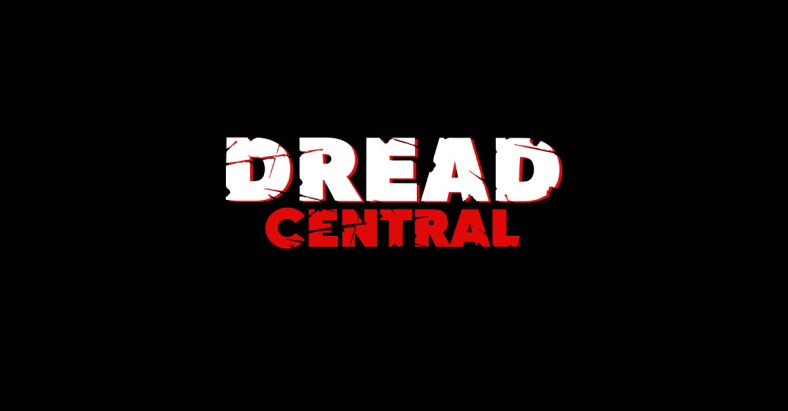
We can start with a look at the transportation device known as the ARK, an aspect of the tale that comes off as a bit murky and unclear. How does this device work? Why does it leave those who enter it in an unstable state for a brief time? How the hell was it created? The truth is it’s one of those elements that ride the wave of ambiguity introduced in the video game itself. It’s a ludicrous idea, but for those who’ve taken up issue with it (I’ve read a lot of complaints about the absurdity of the ARK), I ask this: What does it matter? It’s not a pronounced aspect of the story. It’s filler. It’s a way to get a Marine from one place to another. It doesn’t require a thorough examination on screen. It just needs to serve its purpose, which it does.
Moving on to the crux of the story, let’s peer at the idea that a Martian chromosome that transforms good men into great and bad into living monsters is entertaining. This isn’t too outlandish of an idea, and it isn’t too foreign. We’ve seen similar designs at work in the past, and it works pretty well in this case. In fact, that’s just about the shake of Doom as a whole: A lot of it works, and a lot of it doesn’t.
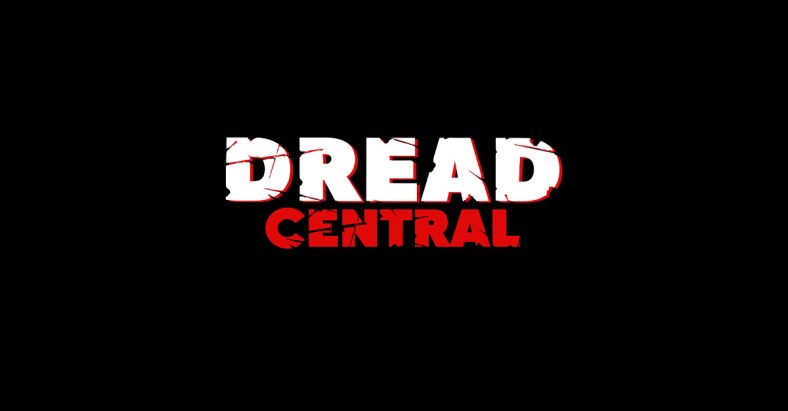
But many of the things that don’t work are laughable in a strangely lovable way, and furthermore, what makes the movie special is actually that in-between zone, that grey area where the terrible becomes the awesome. The sometimes lackluster (cheap, if we’re being real) looking sets, the implausible decision-making that inevitably leads to exciting confrontations. Superpowers. Good versus evil. The face of self-awareness gazing at its own cliché reflection.
Doom spills grey in our laps, and an awful lot of it feels mighty colorful.
Think about the moment in which Destroyer battles a mammoth monster in an electrified compact chamber that looks a little like Buffalo Bill’s nifty and notorious pit. Hell, think about a character being named Destroyer. That’s got intentional cheese written all over it. Richard Brake’s entire character, Portman, feels like he was birthed in a blob of mozzarella. The Kid, as Al Weaver’s character is known, is fodder for the sake of being fodder, all the while projecting a moral high stance in a film that has little place for any moral high stance whatsoever. That’s a bit divisive in the context of the film, but it’s great to know The Kid’s inclusion serves as a swing in the scope of the feature and functions as a deviation from the shoot, run, shoot, run, die, shoot, etc., formula; it’s a little extra flicker to contemplate.
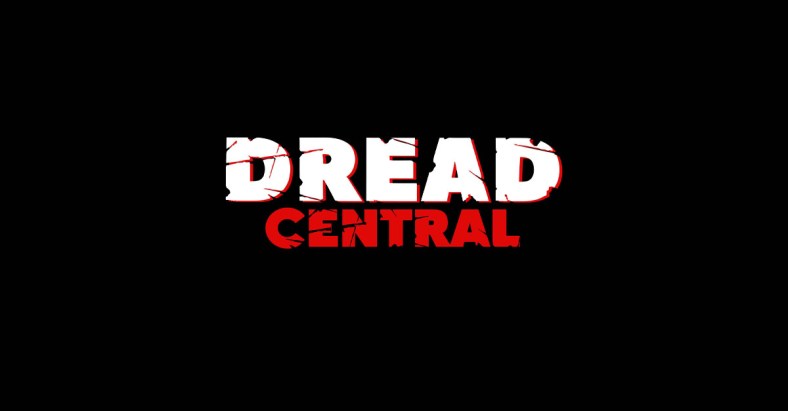
All of the characters in Doom are absurd. And yet, a good number of them are quite memorable, for this reason primarily – they’re silly! In a way, the ensemble in Doom is a lot like the ensemble in John McTiernan’s Predator. Each player has a unique personality, none of which feels overly realistic, but most of which leave us interested in their actions and their fates. To take it one step further, Doom itself is a lot like Predator (I bet if Arnold Schwarzenegger had played the role of Sarge as opposed to Johnson, you wouldn’t even be reading this article). Think about it: A group of soldiers are deposited in hostile territory where they’re forced to face an unknown villain that puts human capability to shame; one by one each of the soldiers are disposed of by the menace they hunt, until only two remain: the good guy and the bad guy. If the good guy hopes to thwart the evil plans of the bad guy, he’s got to adapt in a hurry, and in each film the hero finds a way to do just that.
Doom clearly isn’t the edge-of-your-seat war for survival that Predator was, but they’re both occupying the same playing field, and Doom doesn’t mind borrowing a few tricks.
Getting back to the inanity of Doom, think about the absurd superhuman fight that unravels between Karl Urban’s character, John Grimm, and Dwayne Johnson’s character, Sarge (another point of the production that draws ire from genre fans). Those guys are flying in all directions, tossed here, leaping there. It’s comical, but it also calls back the memory of vintage superhero productions, long before the days of Marvel’s fine-tuning and DC’s stunning Dark Knight Trilogy. You know, when those pieces stunk but still managed to entertain on a funny and brainless level. That final sequence isn’t supposed to be viewed as a realistic fight scene; it’s supposed to be interpreted in the same way one might interpret an unbelievable and extremely exaggerated video game exchange.
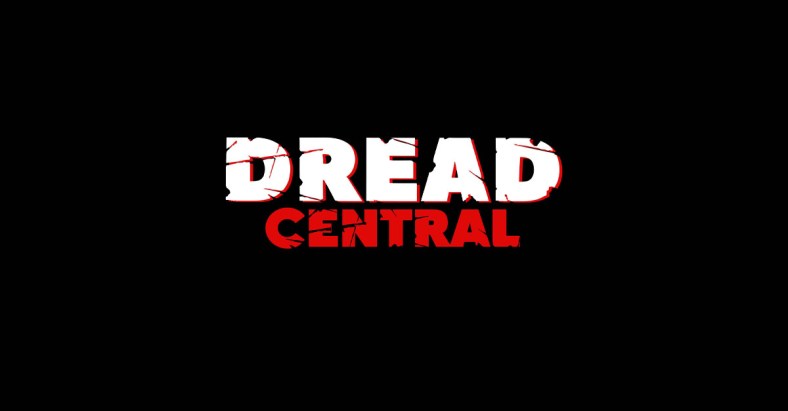
How about the brief POV shots that mimic the original id Software game? These fleeting moments are hilarious, as there isn’t much attempt to disguise the nod to the video game itself or infuse them in smoother fashion. Yes, this angle could have been handled differently, perhaps with the POV shots trimmed down and spliced into the film at different intervals, ultimately making them feel a little bit more cohesive. But that could steal away from the fun, nostalgic element of the maneuver, and nostalgia was no doubt on the mind of Bartkowiak, who – it seems – wanted to make a movie that fans of the game, action films, and horror installments would embrace with open arms.
At the end of the day it’s obvious that the entire flick wreaks of provolone, but some of us love provolone, and if you’re willing to look at Doom with a wide-open eye and a willingness to laugh your ass off, tip your cap to goofy 80s action flicks, and admire a handful of really cool monster creations, it’s possible that you’ll be able to see Doom in an entirely different light. Having said that, if you’ve decided that there’s no room for reevaluation and you’re extremely firm in your hatred for the film, that’s okay, too. Movies like this are never going to win fans over unanimously. Whether Doom is your bag or not, and whether you agree or disagree with my adoration of the picture, we’ll probably all agree on that.
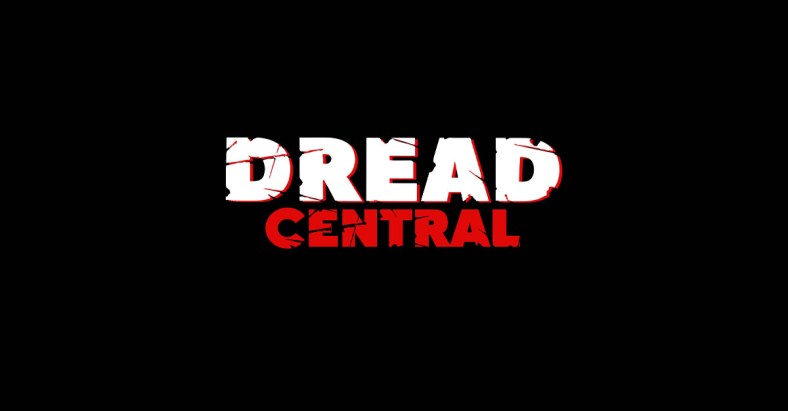
Categorized: Editorials News
